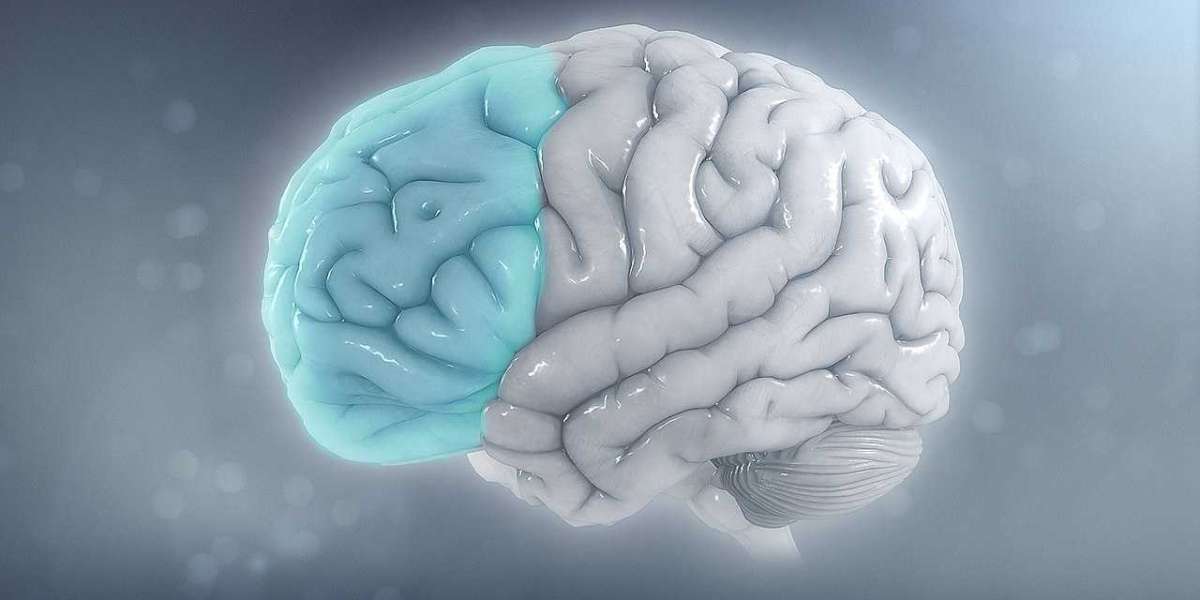When it comes to vascular intervention, precision and effectiveness are of utmost importance. Medical advancements have paved the way for innovative tools that can revolutionize treatment procedures. One such groundbreaking tool is the peripheral balloon catheter. Designed to tackle a wide range of vascular conditions, this remarkable device offers a multitude of benefits that can enhance patient outcomes and redefine medical practices.
In this blog post, we will delve into the world of peripheral balloon catheters, exploring how they work in vascular intervention and uncovering their numerous advantages. So grab your stethoscope and get ready to dive into the exciting realm where Barty Medical's peripheral balloon catheter takes center stage!
What is a Peripheral Balloon Catheter?
A peripheral balloon catheter is a specialized medical device used in vascular intervention procedures. It consists of a thin, flexible tube (catheter) with an inflatable balloon at its tip. This ingenious design allows the catheter to be inserted into blood vessels and navigate through narrow or blocked areas.
Once in position, the balloon can be inflated to open up the vessel and improve blood flow. This process, known as angioplasty, helps alleviate various conditions such as peripheral artery disease (PAD), deep vein thrombosis (DVT), and even certain types of heart diseases.
The construction of the peripheral balloon catheter is meticulously engineered to ensure optimal performance. The balloon itself is made from high-quality materials that allow for controlled inflation and deflation while minimizing any risk of damage to the blood vessel walls.
Additionally, these catheters may also have drug-coated balloons that release medication directly into the affected area during angioplasty. This innovative feature helps prevent restenosis—a re-narrowing of the arteries—and improves long-term outcomes for patients undergoing treatment.
Peripheral balloon catheters are invaluable tools in modern medicine, offering healthcare professionals precise control over vascular interventions and providing patients with improved chances of successful treatment outcomes.
How Does it Work in Vascular Intervention?
One of the key components in vascular intervention procedures is the use of a peripheral balloon catheter. But how does it actually work? Let's dive into the details.
A peripheral balloon catheter is a medical device designed to open up blocked or narrowed blood vessels in the body. It consists of a flexible tube called a catheter with an inflatable balloon at its tip. This balloon can be inflated and deflated using fluid pressure, allowing it to compress plaque or other obstructions against artery walls.
During a vascular intervention procedure, such as angioplasty, the physician inserts the peripheral balloon catheter into the affected blood vessel through a small incision or puncture site. The catheter is guided through the arteries using imaging technology until it reaches the blockage.
Once positioned correctly, the balloon is inflated to expand and widen the narrowed artery or clear away any obstructions. This creates more space for blood flow and improves circulation to vital organs and tissues.
The inflation pressure exerted by the peripheral balloon catheter compresses plaque against arterial walls, effectively restoring normal blood flow. After sufficient time has passed for treatment, typically just minutes, depending on individual circumstances, the physician deflates and removes both the inflated balloon and catheter from inside your body.
This minimally invasive technique offers several advantages over traditional surgical methods for vascular interventions:
- Reduced risk: Peripheral balloon catheters carry lower risks compared to open surgery techniques.
- Faster recovery: Patients tend to experience quicker recovery times due to less tissue trauma.
- Fewer complications: Complications associated with major surgeries are significantly reduced.
- Less scarring: The smaller incisions required result in minimal scarring.
During vascular interventions like angioplasty procedures, peripheral balloon catheters play an essential role in clearing blockages within blood vessels. Their ability to inflate and deflate allows them to restore proper blood flow while minimizing risks and facilitating faster patient recoveries. It's a remarkable medical device that continues to revolutionize vascular care.
Advantages of Using a Peripheral Balloon Catheter
Peripheral balloon catheters have revolutionized the field of vascular intervention, providing numerous advantages for both patients and healthcare professionals. Let's take a closer look at some of these benefits.
1. Precise and Targeted Treatment: The peripheral balloon catheter allows for precise positioning within blood vessels, ensuring targeted treatment of specific areas. This level of accuracy is crucial in procedures such as angioplasty or stent placement, where the goal is to open blocked or narrowed arteries.
2. Minimally Invasive Approach: Compared to traditional surgical methods, peripheral balloon catheterization offers a minimally invasive approach. This means smaller incisions, reduced scarring, decreased risk of infection, and faster recovery times for patients.
3. Improved Patient Comfort: The use of peripheral balloon catheters can significantly enhance patient comfort during vascular interventions. With their sleek design and flexibility, these devices cause minimal trauma to surrounding tissues while still delivering effective treatment.
4. Versatile Applications: Peripheral balloon catheters are highly versatile tools that can be used across various vascular procedures including arterial and venous interventions. Their adaptability makes them an essential component in the field of interventional radiology.
5. Cost-Effectiveness and Accessibility: Another advantage lies in the cost-effectiveness and accessibility associated with peripheral balloon catheterization procedures compared to traditional surgeries or more invasive techniques like bypass surgery or amputation prevention measures.
Incorporating peripheral balloon catheters into vascular intervention practices not only improves patient outcomes but also streamlines healthcare processes by reducing hospital stays and overall costs associated with complex surgical procedures.
As advancements continue to be made in medical technology, it's important for healthcare providers like Barty Medical to stay up-to-date with innovative tools such as peripheral balloon catheters – ultimately benefiting both patients and clinicians alike!
Cost-Effectiveness and Accessibility
Cost-effectiveness and accessibility are two key factors to consider when choosing medical devices for vascular intervention. The use of a peripheral balloon catheter can offer significant advantages in these areas.
The cost-effectiveness of using a peripheral balloon catheter is undeniable. Compared to other more invasive procedures, such as surgeries or stent placements, using a balloon catheter is often much more affordable. This makes it an attractive option for patients who may not have the financial means for expensive interventions.
Additionally, the accessibility of peripheral balloon catheters also plays a crucial role. These devices are widely available and can be easily procured by healthcare providers. This ensures that patients facing vascular issues can receive prompt treatment without any unnecessary delays due to limited availability.
Moreover, the simplicity of using a peripheral balloon catheter contributes to its accessibility. Medical professionals with basic training in vascular intervention techniques can efficiently utilize these devices without requiring specialized expertise or equipment.
The cost-effectiveness and accessibility offered by peripheral balloon catheters make them an excellent choice for vascular interventions. Healthcare providers should consider incorporating these devices into their practices to ensure efficient and accessible care for their patients while optimizing resource utilization.
Conclusion and Recommendations
The use of a peripheral balloon catheter in vascular intervention offers numerous advantages that can greatly benefit both patients and healthcare providers. With its ability to effectively dilate narrowed or blocked blood vessels, this innovative medical device has revolutionized the field of interventional cardiology.
By utilizing Barty Medical's high-quality peripheral balloon catheters, physicians can confidently perform minimally invasive procedures with precision and accuracy. The flexibility, trackability, and reliable inflation characteristics of these devices ensure optimal outcomes for patients undergoing vascular interventions.
Moreover, the cost-effectiveness and accessibility of peripheral balloon catheters make them an ideal choice for hospitals and clinics. These devices offer a superior alternative to more invasive surgical procedures while reducing overall treatment costs. This allows healthcare providers to deliver quality care at a reasonable price point.
In light of these benefits, it is recommended that medical professionals consider incorporating peripheral balloon catheters into their practice for vascular interventions. By doing so, they can provide their patients with safe and efficient treatment options that promote faster recovery times and improved long-term outcomes.
To fully capitalize on the advantages provided by peripheral balloon catheters in vascular intervention procedures, it is crucial for healthcare providers to stay updated on the latest advancements in this field. Regular training sessions should be attended to enhance skills and knowledge regarding proper usage techniques.
By harnessing the power of Barty Medical's peripheral balloon catheter technology, medical professionals have a valuable tool at their disposal that enables successful endovascular interventions while improving patient satisfaction rates. Embracing innovation in interventional cardiology ensures better patient outcomes today and paves the way for future advancements in cardiovascular medicine.



![CapCut MOD APK Latest Version For Android [Premium Unlocked] 2024](https://hallelujah.ai/upload/photos/2023/12/3qzbcMbKiV98TINaRB19_22_f36d7a099cdda86350aa29b74bbfc314_image.png)